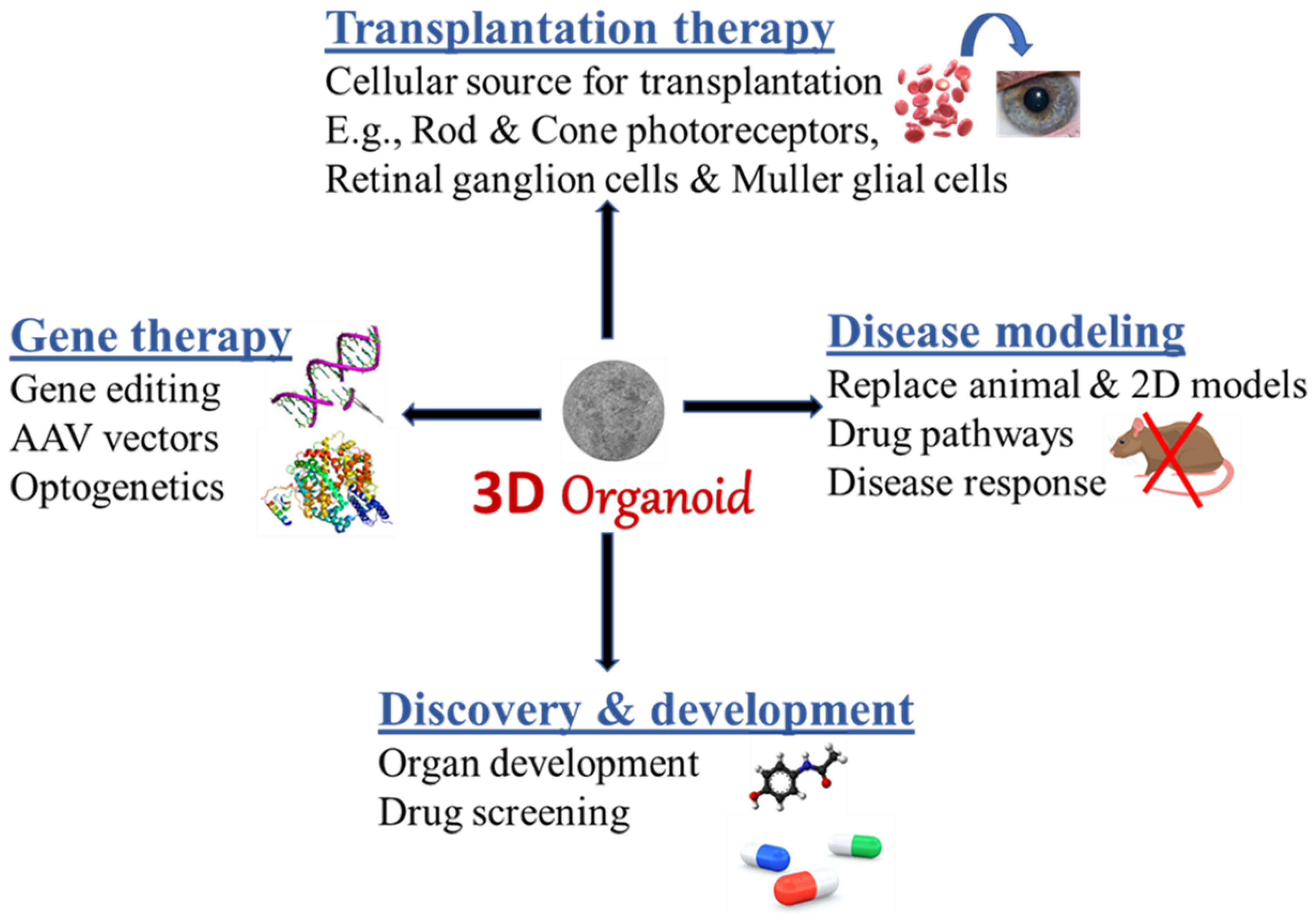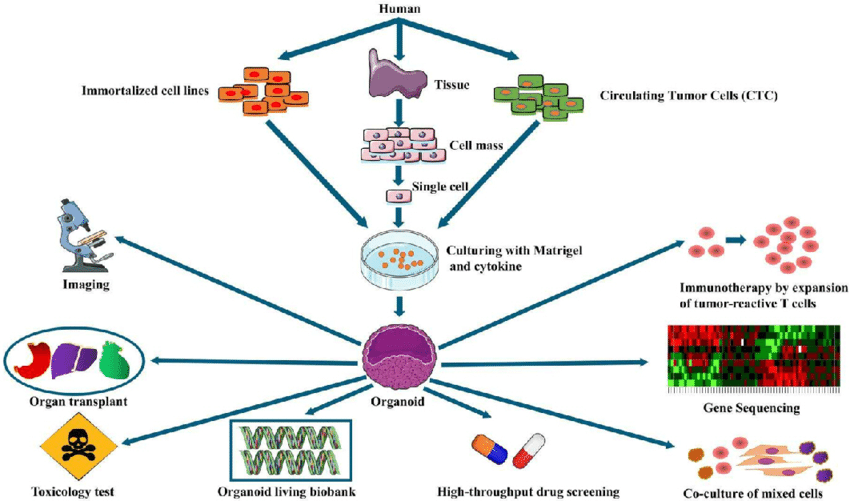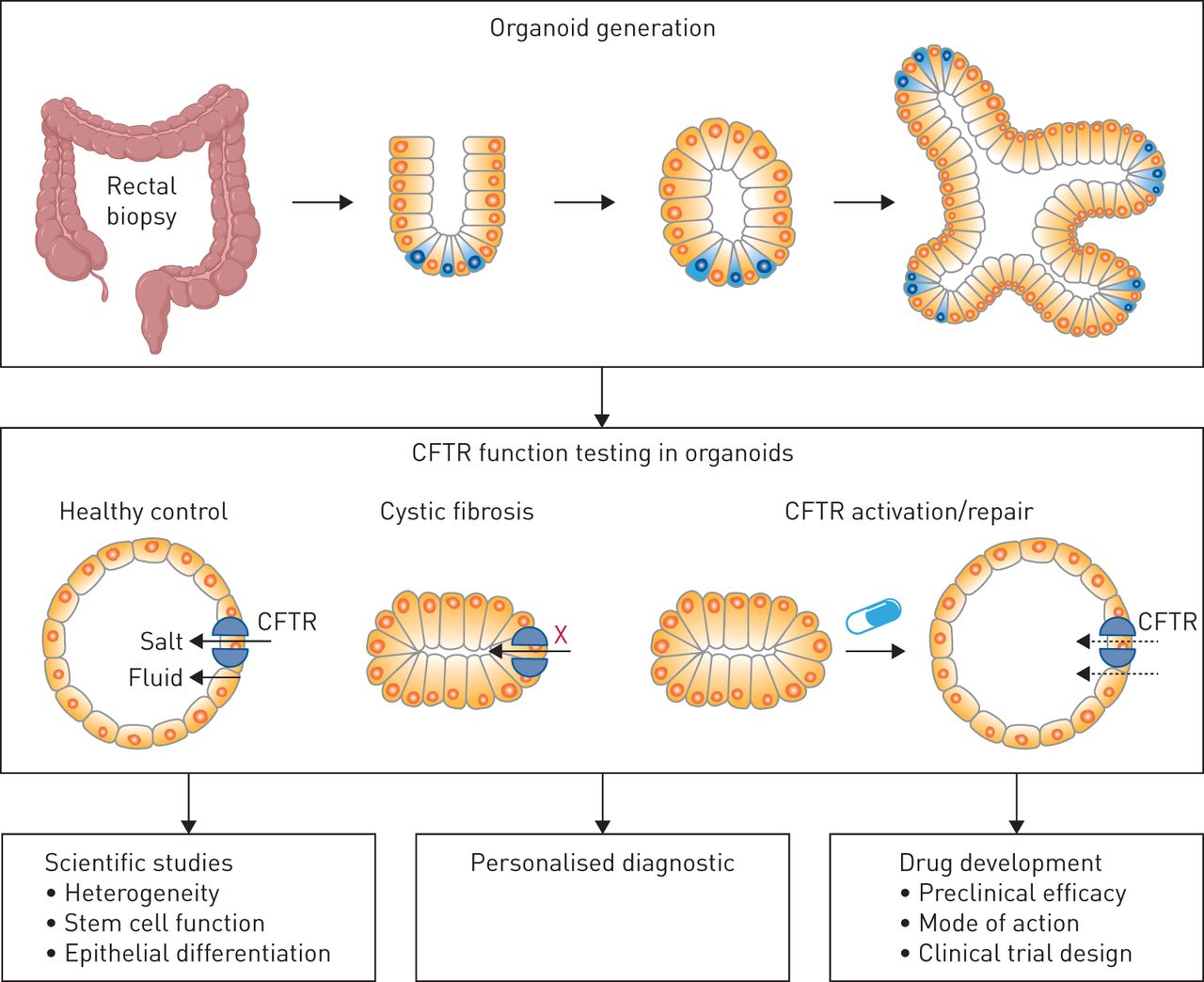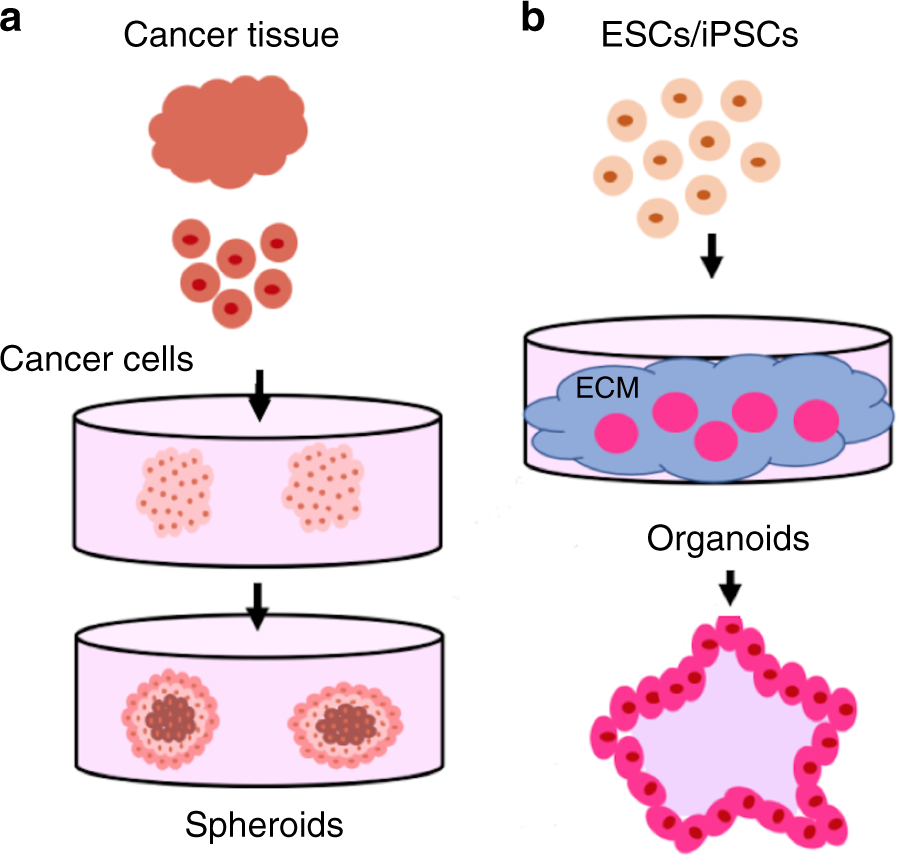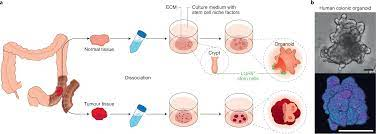Insights into the application of brain organoids
Despite the significant advances in using animal models in medical research, some preclinical studies from those models failed to be translated into clinical practice successfully. This could be due to subtle differences in the brain structure and cellular composition across
Organoid tumor models: benefits and challenges
Cancer is one of the most threatening diseases and leading cause of death worldwide (1). Intra- and intertumoral heterogeneity is often responsible for metastasis formation, treatment failure, and therapy resistance. The increase in the cost of research and development of
The Use Of Organoids In Regenerative Medicine
Regenerative medicine refers to the method of replacing, engineering or regenerating human or animal cells, tissues, or organs with the aim to restore normal physiological functions (1). It has the potential to engineer damaged tissues and organs by triggering the
Current limitations of organoid technology
Three-dimensional (3D) organoid technology has become popular among researchers in the past decade because of its ability to recapitulate the physiology and genetics of organs or tissue samples. Despite the promising applications of organoids in basic research, a lot of
Applications of organoids in biomedical research
Organoids are miniaturized tissue cultures that are derived from stem cells or tissue-specific progenitor cells. Organoids have made it possible to create individual, complex, and self-organizing 3D tissue cultures bearing a resemblance to a patient’s own organ or tissue. This
The story of organoids: introduction, history, and benefits
Organoids are in vitro miniaturized three-dimensional (3D) model systems of organs that gained huge interest in the last decade. Organoids are self-organizing culture systems generated from stem cells or tissue-specific progenitor cells. Stem cells divide indefinitely and produce different types
Organoid Models Of Genetic Diseases
Organoid models are a popular and reliable method in 3D cell culture. Organoids are 3D cellular structures, derived from either stem cells or organ specific progenitor cells. When provided with an external scaffold like Matrigel, they form a complex cluster
Organoids and their promising potential
Using organoids to study immunotherapy has been an emerging technique. In a study published in 2019, a method of co-culturing tumour organoids with peripheral blood lymphocytes generated immune cells that recognize and kill autologous tumour organoids. This method preserves the
Human derived organoids
Organoids constitute an improved model system in which cell types more closely resemble the in vivo situation and are in similar conditions to those found in the human body. Diverse organoid systems provide a useful variety for their complexity and
Organoids in drug screening
Organoid research has been an emerging filed in the past few decades since organoids have the potential to provide better cancer drug screening. While cell culture is important for determining whether a drug should advance to clinical trials, a study




